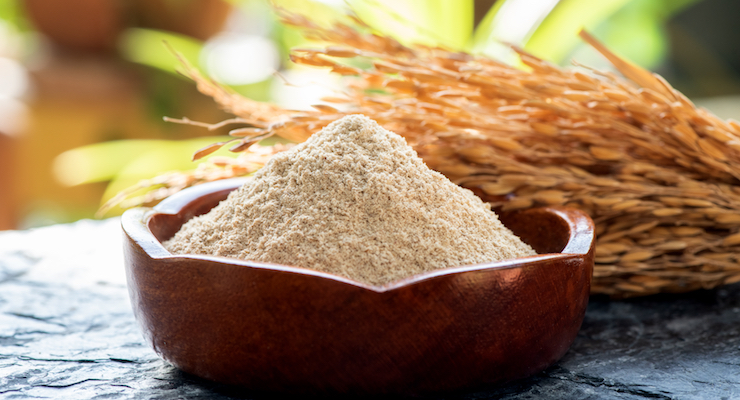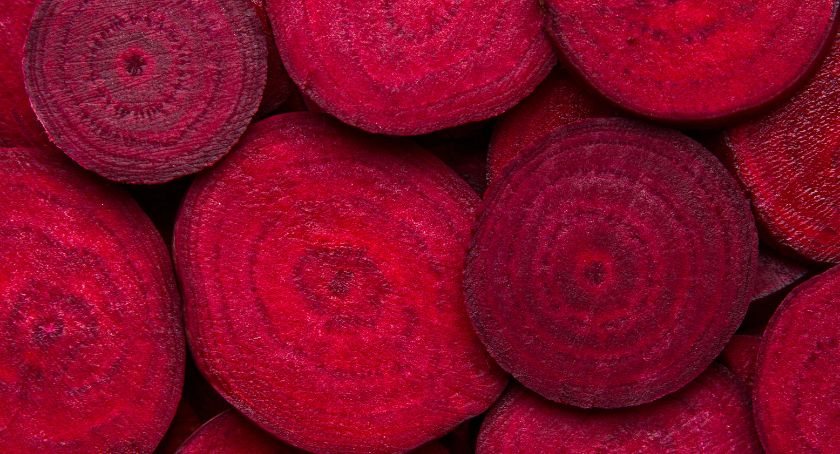Market Updates, Research
Review Discusses Anti-Hypertensive Properties of Rice Bran Peptides
This plant-based source of peptides is conventionally considered a waste byproduct in the processing of this grain.

By: Mike Montemarano

According to a review published in the journal Nutrients, rice bran protein is a prominent source of anti-hypertensive peptides, and could be considered an effective ingredient supporting cardiovascular health. Rice bran is extracted in polished rice, and is considered a byproduct of white rice processing. The peptides, Leu-Arg-Ala (LRA), Tyr-Tyr (YY), Tyr-Ser-Lys (TRL), and other peptides have a variety of anti-hypertensive properties.
Two of the peptides were observed to have ACE inhibitory effects, while others were observed to have potent vasorelaxing activity. Other peptides appeared to protect endothelial function, by promoting NO production in the endothelial layer. Some peptides, which can be produced through fermentation, appear to exhibit even more anti-hypertensive effects, such as improving glucose tolerance and adiponectin production.
Hypertension is a key risk factor for cardiovascular disease, effecting an estimated one billion people worldwide.
The authors of the review cited a number of in vivo and human clinical trials, in which each peptide exhibited “potent vasorelaxing activity” and reductions in blood pressure of statistical significance.
Additionally, it has been observed that rice bran peptides don’t need to be broken down through a process known as hydrolysis, which is common for animal peptides such as collagen. In other words, anti-hypertensive food material from rice bran protein can be made, regardless of whether the functional peptides were isolated, based on previous clinical evidence.
Additional anti-hypertensive peptides, which can exclusively be extracted from rice bran through fermentation, have also shown anti-hypertensive effects during in vivo trials, one of which involved a stroke-prone spontaneously hypertensive rat model.
“LRA and YY were previously identified and predicted to originate from the same protein,” the authors concluded. “LRA exhibited strong vasodilating effects and promoted NO production in the endothelial layer. The mechanism underlying the anti-hypertensive effects of YY was reported as ACE inhibitory activity. Although the mechanisms of the anti-hypertensive pathway were different, these peptides demonstrated potent anti-hypertensive effects after oral administration. YSK was found from trypsin-digested rice bran and its ACE inhibitory activity was similar to that of YY.”
“Crude processed rice bran, which was reported to have anti-hypertensive effects, was also reviewed,” the authors continued. “This is the first review especially dedicated to the anti-hypertensive effect of rice bran digestion. TRB was demonstrated to have anti-hypertensive effects in human clinical studies and anti-hypertensive peptides were identified as a functional substance.”




















